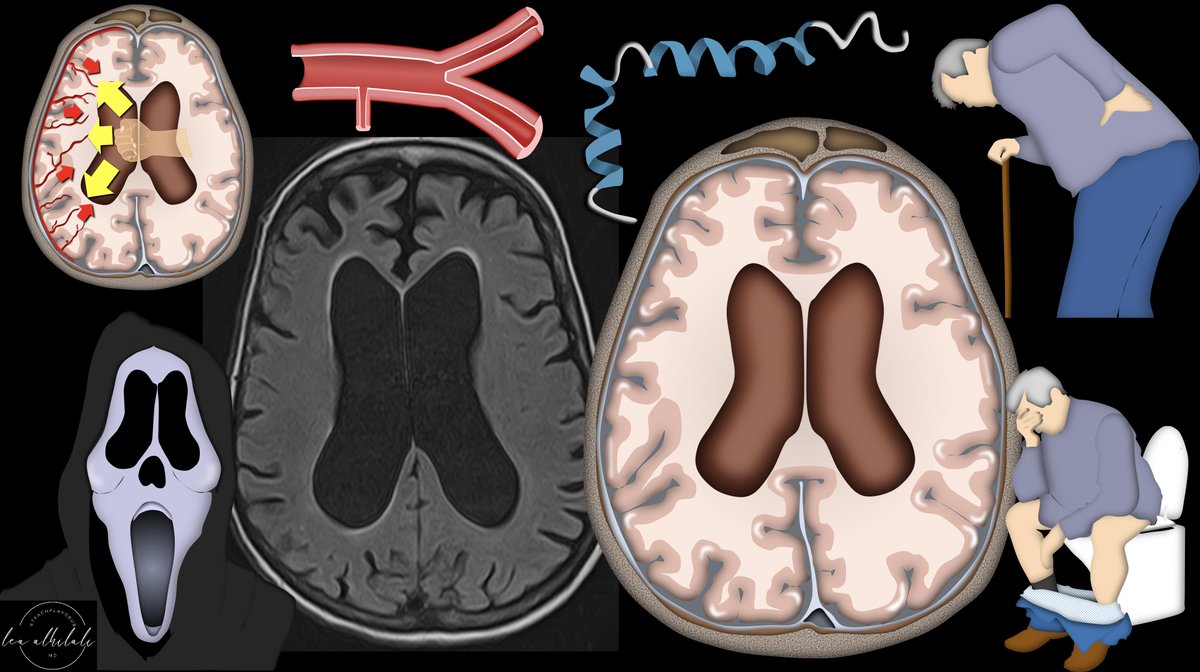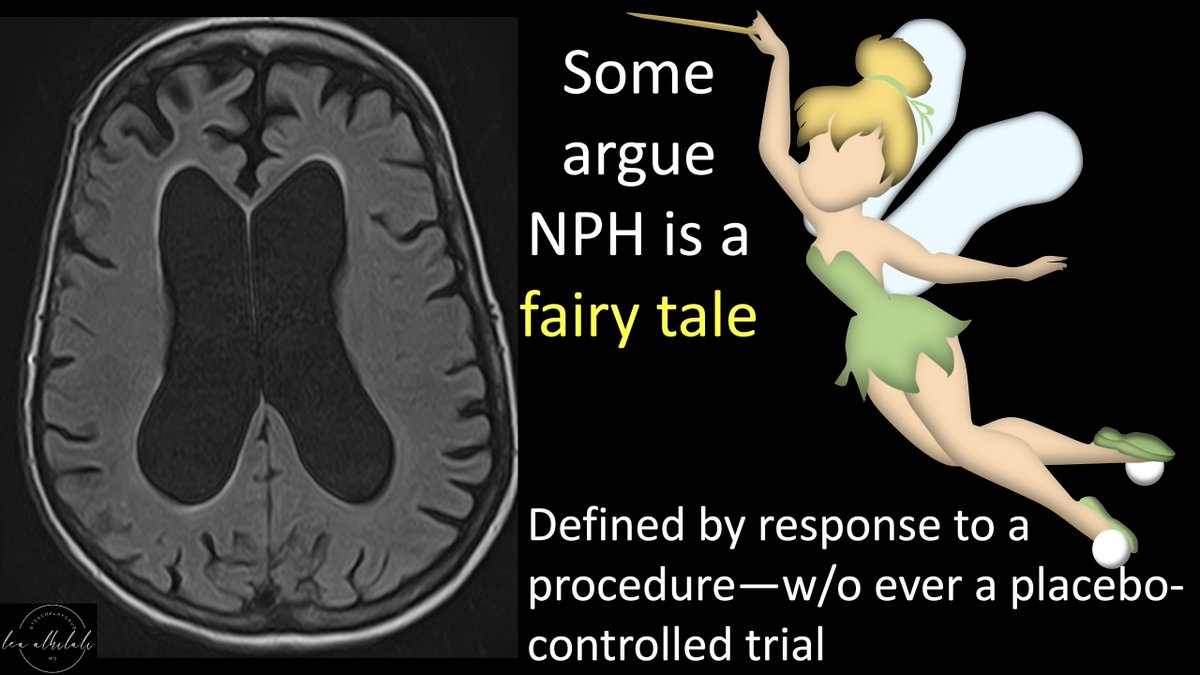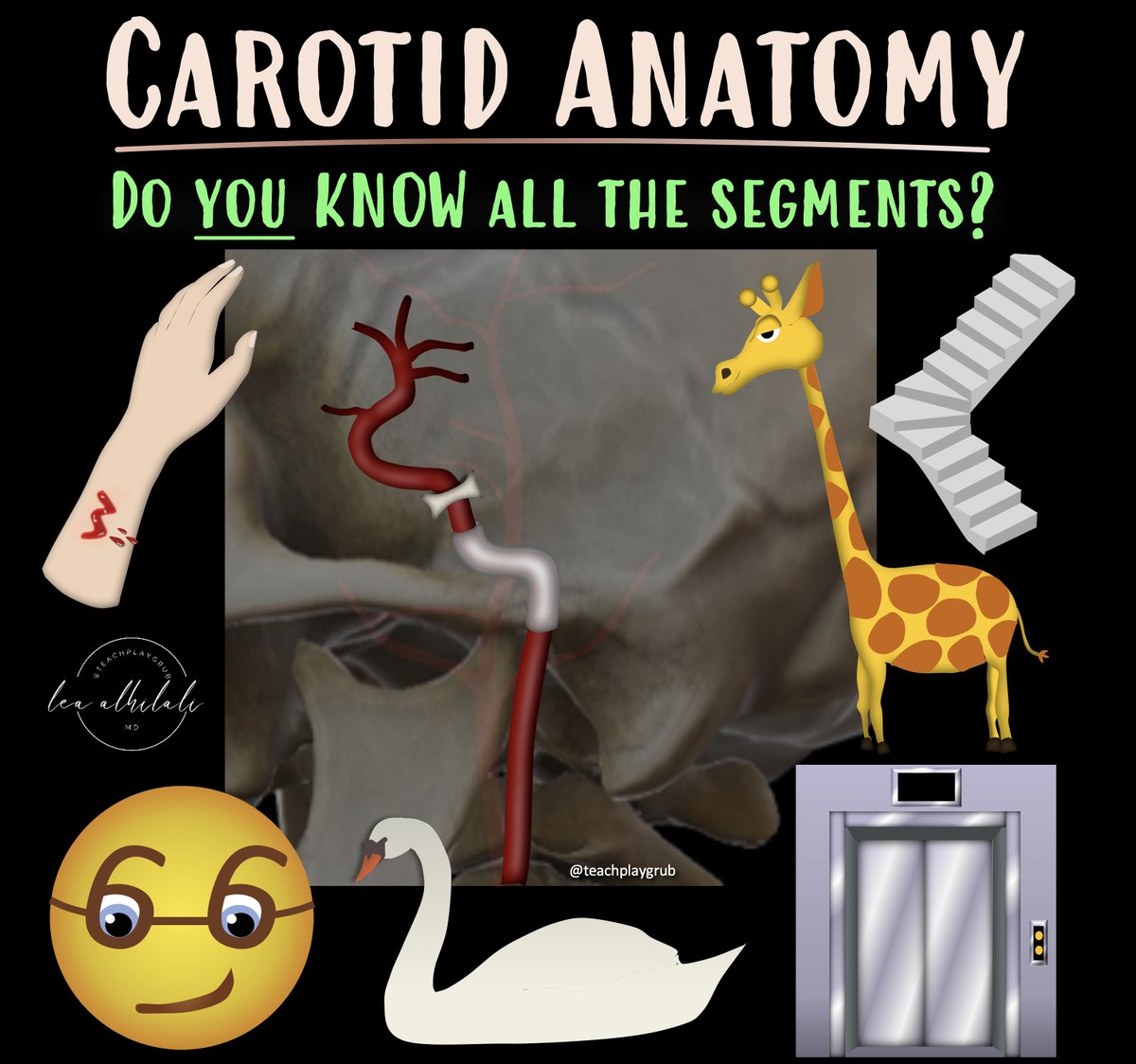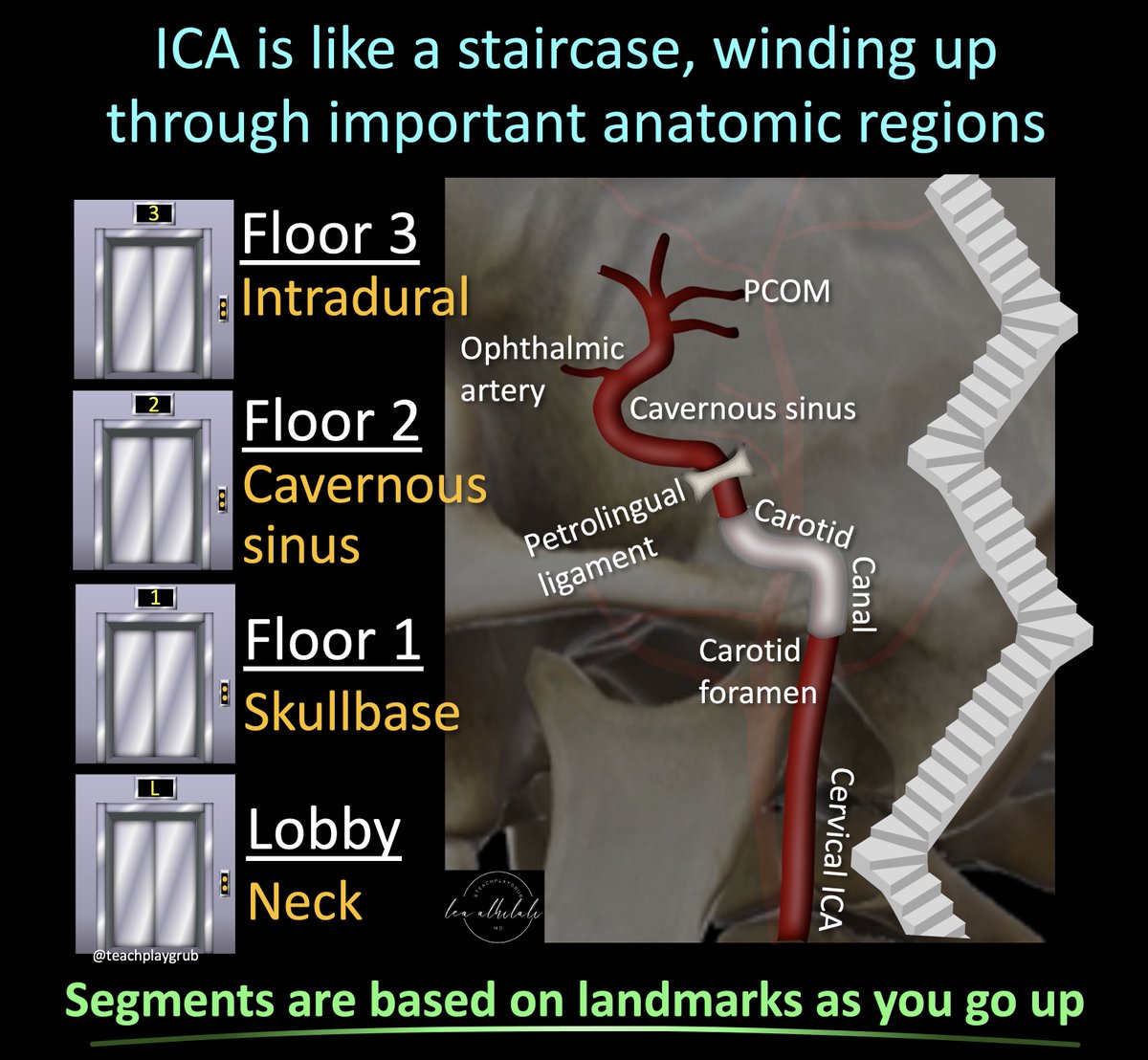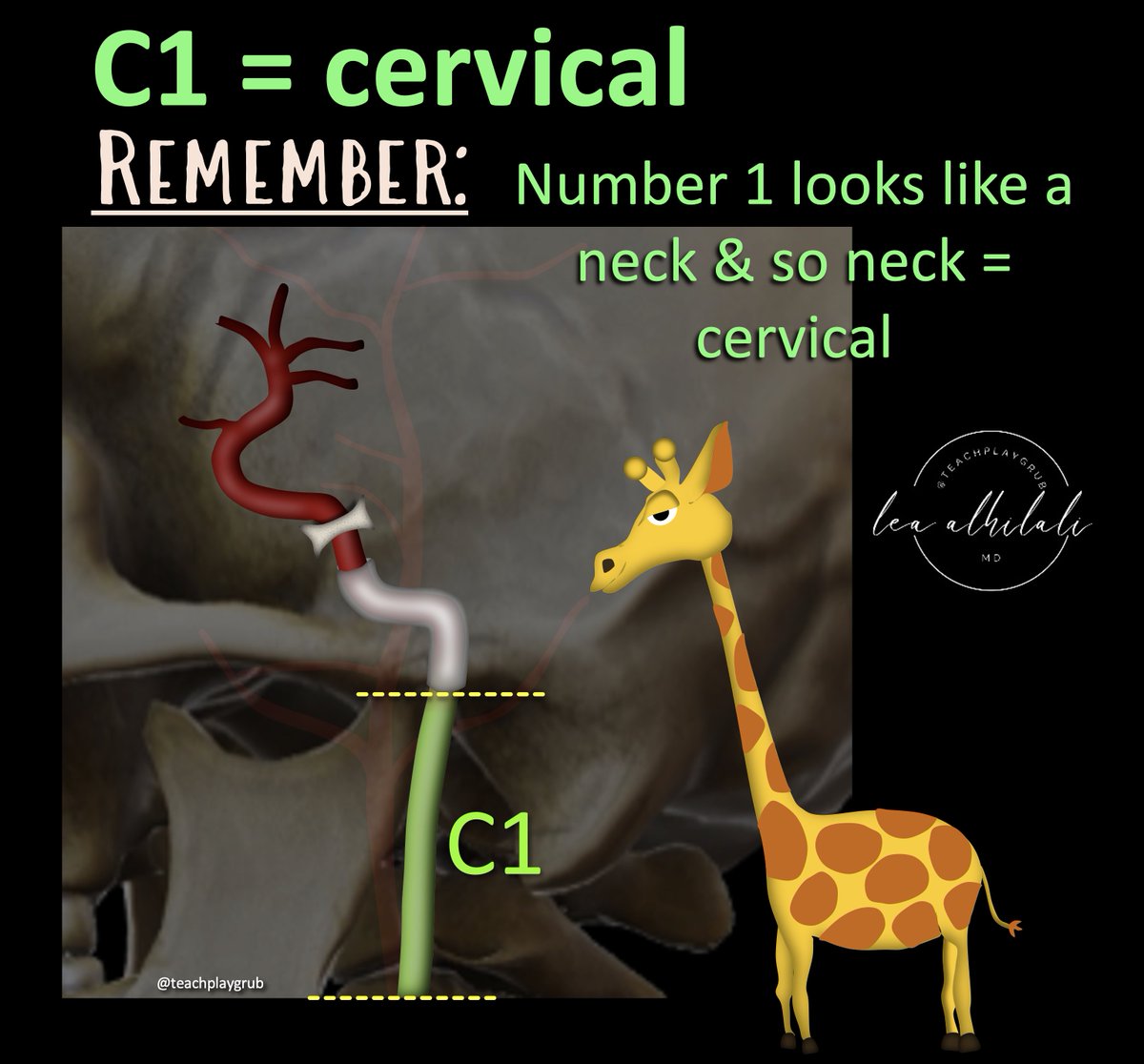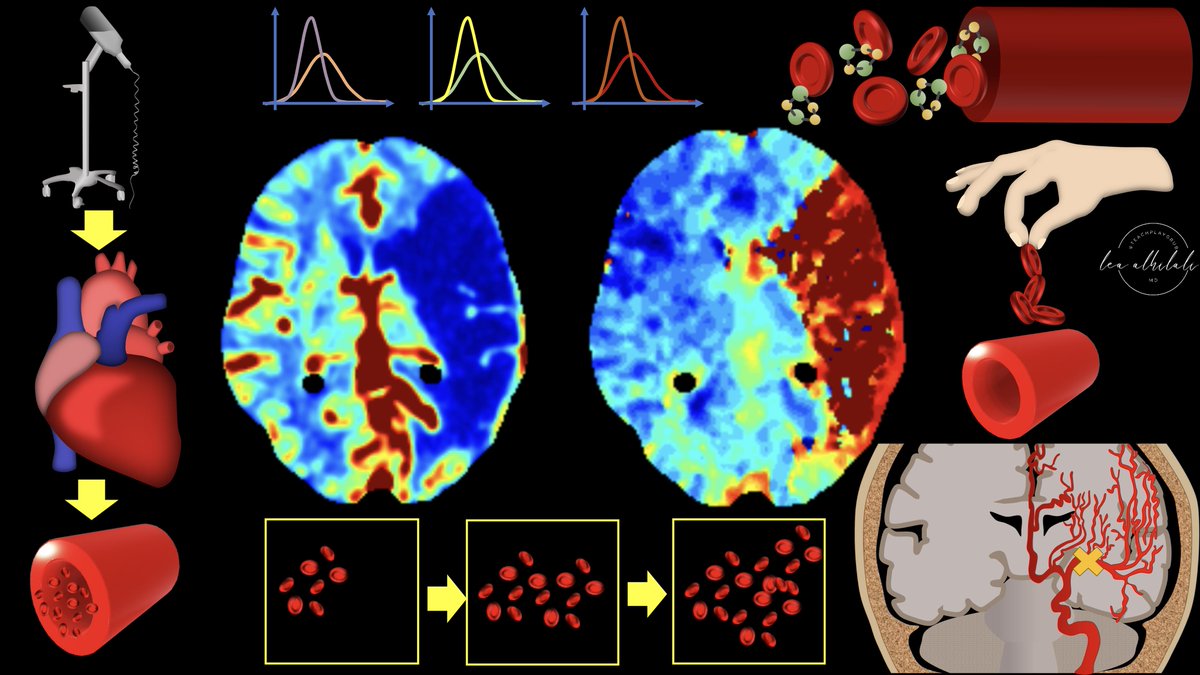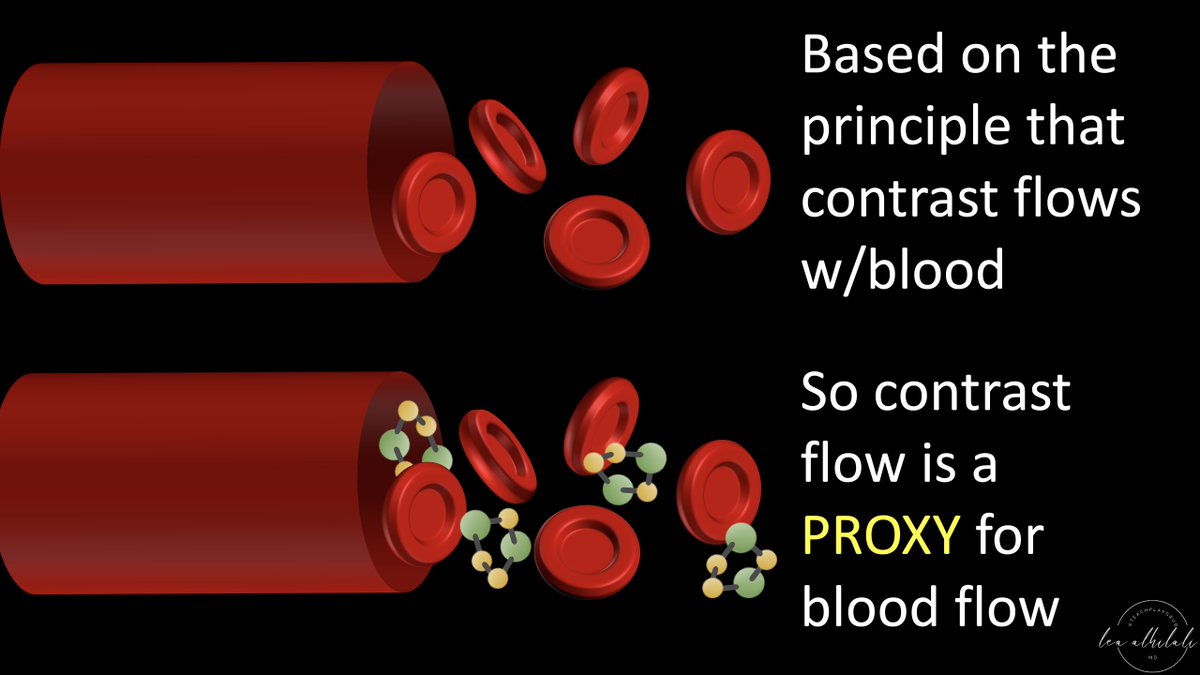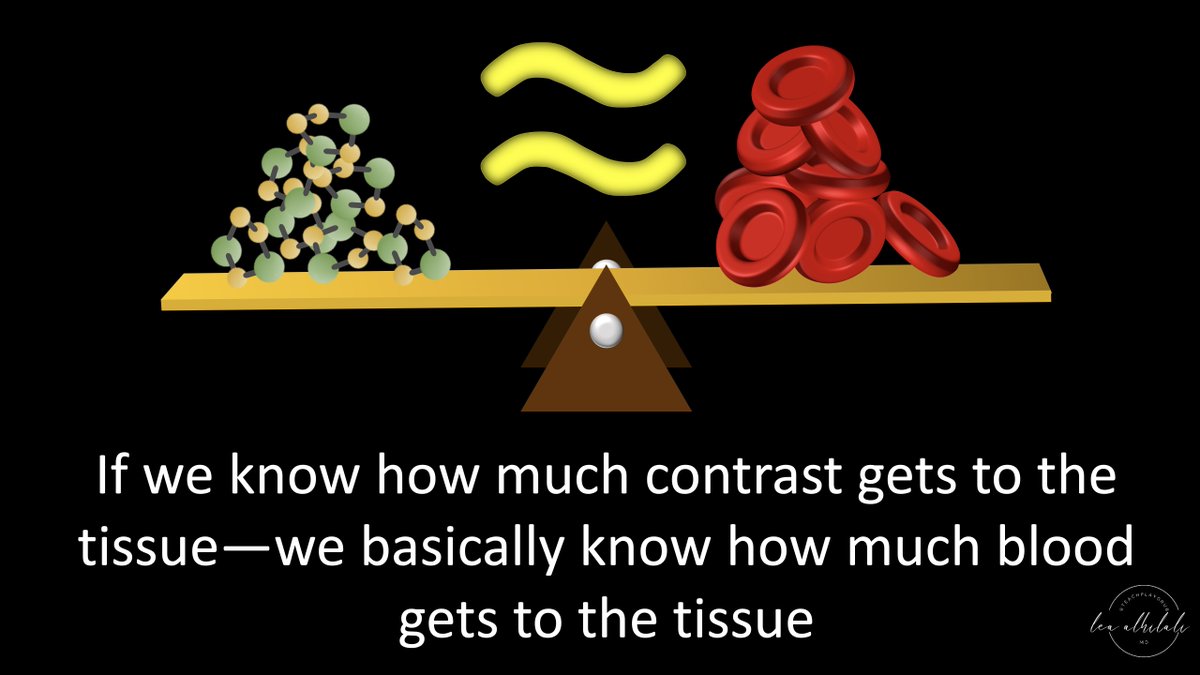1/Have disagreements between radiologists on the degree of cervical canal stenosis become a pain in the neck?!
Here’s a #tweetorial on cervical stenosis grading that’s easy, reproducible & evidence based
#medtwitter #spine #neurosurgery #radres #neurorad #meded #FOAMed #FOAMrad
Here’s a #tweetorial on cervical stenosis grading that’s easy, reproducible & evidence based
#medtwitter #spine #neurosurgery #radres #neurorad #meded #FOAMed #FOAMrad

2/In the lumbar spine, it is all about the degree of canal narrowing & room for nerve roots. In the cervical spine, we have another factor to think about—the cord. Cord integrity is key. No matter the degree of stenosis, if the cord isn’t happy, the patient won’t be either 

3/Cord flattening, even w/o canal stenosis, can cause myelopathy. No one is quite sure why. Some say it’s b/c mass effect on static imaging may be much worse in dynamic positions, some say it’s repetitive microtrauma, & some say micro-ischemia from compression of perforators 

4/Let’s start w/canal stenosis. Measurements have been proposed (<10mm), but this is cumbersome & introduces reader variability. Think functionally. Cord swims in CSF, like a fish in water. Like a fish, it needs room to swim. How much room is in the fish bowl determines stenosis 

5/Mild stenosis is when your fish bowl decorations take up 1 side of the bowl. Not great, but fish can still swim. Moderate means your decorations take up both sides—swimming is really affected. Severe means you went all out w/decorations & there isn’t any more room for the fish 

6/The sides of the fish bowl are the ventral & dorsal CSF. So mild canal stenosis is when either the ventral or dorsal CSF is effaced, but the other side of the fish bowl is still empty. Not ideal, but the fish can still swim 

7/For moderate canal stenosis, both sides of the fish bowl have been filled. So both the ventral and dorsal CSF have been effaced. Now the room to swim has been notably limited 

8/Finally, in severe canal stenosis, the bowl is completely filled and no CSF is seen. There is no room for the fish in this scenario. Similarly, there is no room for the cord and it is compressed. Not only is there no swimming, the fish has been crushed. 

9/This classification is to all other classifications like a goldfish is to all other pets—super easy & simple. It’s also evidence based. It's the Muhle classification. It has excellent reproducibility. It hasn’t been correlated w/pain, but it's been correlated w/SSEP & outcomes 

10/But canal stenosis isn’t enough. Cord flattening can cause myelopathy regardless of degree canal stenosis. It’s like being punched in the face—no matter how far away the hit comes from, it still hurts. Cord flattening is like being punched—it hurts even in mild stenosis 

11/Think of the canal like a parking space. Even if no one encroaches on your space, if someone opens their door & dings your car, your car is still damaged and you are still mad. Your parking space may still be wide open, but you still have a nick in your door. 

12/Cord flattening has 3 degrees. Either it’s not there, there, or so bad it causes cord damage. Think of it like a fight. Cord deformity w/o signal is like someone pushing you to start a fight---you can still walk away. Cord deformity w/signal is a punch to the face—it’s on! 

13/Here are examples:
Cord deformity w/o signal (Grade 2, someone pushing and trying to start something)
Deformity w/cord signal (Grade 3, fight has already started & the cord already has a black eye!)
Cord deformity w/o signal (Grade 2, someone pushing and trying to start something)
Deformity w/cord signal (Grade 3, fight has already started & the cord already has a black eye!)

14/Remember, this is independent of the degree of canal stenosis. You can have cord deformity and signal even in lesser degrees of canal stenosis. Remember--cord flattening can cause cord damage regardless of the degree of canal stenosis. 

15/This is the Kang system, and it was created to bring the idea of cord flattening into the rating of cervical spine stenosis, since flattening/deformity contribute to myelopathy regardless of stenosis. 

16/Why don’t we just use the Kang & forget Muhle? Well, the problem w/Kang is that if there’s no cord signal, many degrees of canal stenosis are equal. Here, both mild stenosis w/flattening & severe stenosis w/flattening are equal in Kang, but clearly one is much more at risk 

17/So we use both. For every level, we rate the degree of canal stenosis according to Muhle & the degree of cord flattening according to Kang. Remember—there is no perfect classification system. Sometimes you need combine. 

18/So remember both canal and cord matter in the cervical region! Degree of stenosis is important, but even w/o it, cord flattening can have you swimming w/the fishes. So hopefully, you will take to these rating systems like a fish to water! 

• • •
Missing some Tweet in this thread? You can try to
force a refresh





